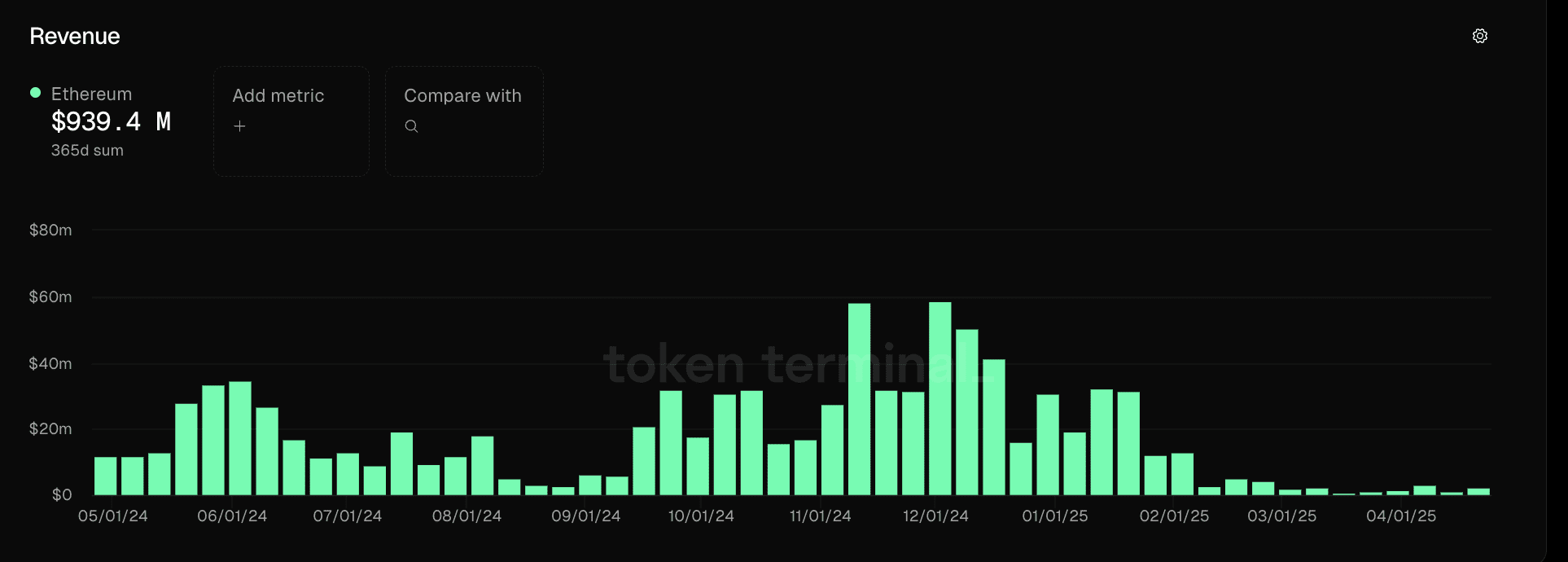A group of developers within the Ethereum ecosystem has introduced Ethereum R1, a layer-2 (L2) scaling solution designed to enhance the Ethereum network’s performance. Unlike many other L2 solutions, Ethereum R1 distinguishes itself by operating without a native token, relying entirely on donations, and foregoing venture capital funding. This approach emphasizes credible neutrality, decentralization, and censorship resistance, addressing growing concerns about the direction of current L2 solutions.
Key Features of Ethereum R1
- No Native Token: Ethereum R1 operates without a native token, distinguishing it from many other L2 solutions that often introduce their own tokens for governance or utility.
- Community-Funded: The project relies on donations rather than venture capital, aiming to maintain independence and align incentives with the Ethereum community.
- Decentralized: The development team emphasizes decentralization and censorship resistance, aiming to create a simple, replaceable, and commodity-like L2 solution.
The project’s team expressed their vision in a May 1 X post:
“General-purpose L2s should be commodities — simple, replaceable, and free from centralized dependencies or risky governance. Ethereum R1 is our answer to that call — the rollup grounded in credible neutrality, decentralization, and censorship resistance.”
This statement highlights the project’s commitment to providing a scaling solution that aligns with the core principles of Ethereum, addressing concerns that many L2s are behaving more like new Layer-1 networks with private allocations, opaque governance, and centralized control.
The Ethereum L2 Landscape
Ethereum’s shift towards an L2-centric approach was significantly influenced by the Dencun upgrade in March 2024, which drastically reduced fees for L2 networks. While this upgrade improved the usability and affordability of Ethereum for many users, it also led to a substantial decrease in revenue for the Ethereum base layer.
In April 2025, transaction costs on the Ethereum network base layer dropped to a five-year low of approximately $0.16 per transaction. This decrease was primarily due to reduced demand for block space on the base layer, as more activity migrated to L2 networks.
The economic implications of this shift have sparked debate within the Ethereum community. Critics argue that it creates a perverse incentive for L2 networks to grow at the expense of the base layer, potentially compromising the long-term sustainability of the Ethereum ecosystem. However, proponents of the L2-centric approach argue that it provides users with a diverse range of high-throughput chains, catering to different needs and use cases.

Arguments For and Against Ethereum’s L2 Approach
Arguments in Favor:
- Scalability: L2 networks significantly increase the transaction throughput of Ethereum, making it more suitable for high-volume applications.
- Reduced Fees: L2s offer lower transaction fees compared to the base layer, making Ethereum more accessible to a wider range of users.
- Innovation: L2s enable developers to experiment with new technologies and use cases without impacting the stability of the base layer.
Arguments Against:
- Centralization Risks: Some L2 solutions are more centralized than the Ethereum base layer, raising concerns about censorship resistance and security.
- Economic Sustainability: The reduced revenue for the base layer may impact its long-term security and development.
- Complexity: The proliferation of L2 networks can make the Ethereum ecosystem more complex and difficult for users to navigate.
Ethereum R1’s Unique Position
Ethereum R1 aims to address some of the criticisms leveled against existing L2 solutions by prioritizing decentralization and avoiding the use of a native token. By focusing on these principles, the project seeks to provide a scaling solution that aligns with the core values of the Ethereum community and promotes the long-term health of the ecosystem.
The success of Ethereum R1 will depend on its ability to attract users and developers while maintaining its commitment to decentralization and community-driven development. As the Ethereum ecosystem continues to evolve, projects like Ethereum R1 play a crucial role in shaping the future of blockchain scalability and governance.